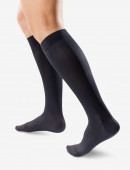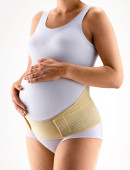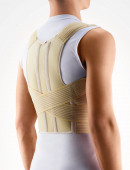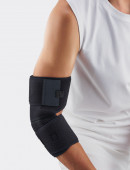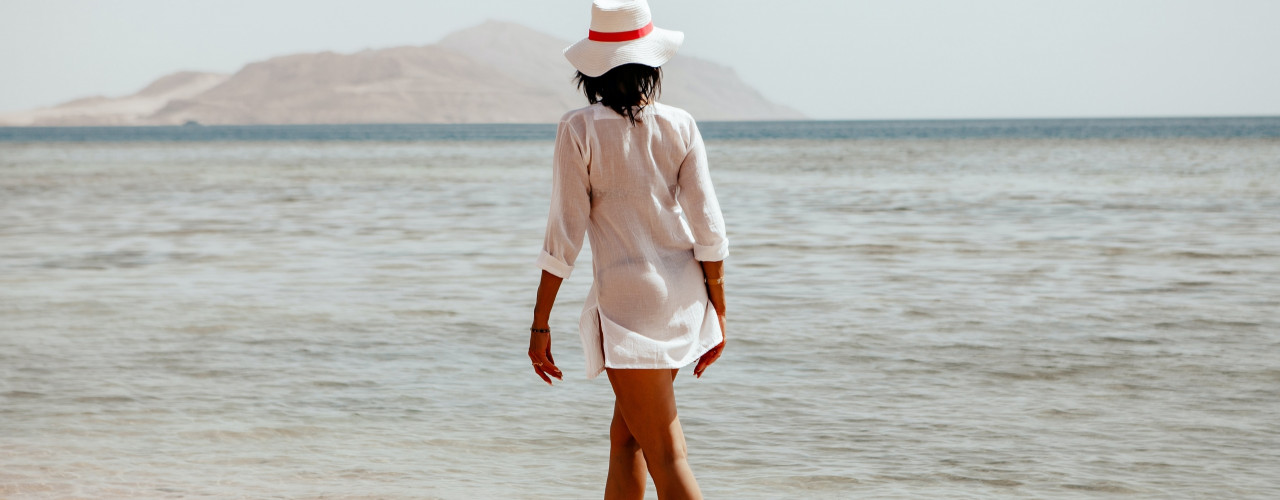Enlarged veins or varicose veins is a health issue that affects almost every other citizen of our country during their lives, either in a milder or more severe form. Good news – when detected early, this problem is manageable and treatable.
Enlarged veins or varicose veins is a health issue that affects almost every other citizen of our country during their lives, either in a milder or more severe form. Good news – when detected early, this problem is manageable and treatable.
It is important to identify the initial symptoms
Visibly enlarged, twisted veins, particularly in the ankle region and lower extremities, is already a serious signal of leg vein problems, but everything begins with symptoms that initially may not be associated with vein issues. Left without attention, and with time, they may become the reason for developing chronic venous insufficiency (CVI).
Most common initial varicose vein symptoms:
- leg fatigue or discomfort (especially at the end of the day);
- swollen ankles (easily noticeable when wearing short or knee high socks – there are visible marks at the top);
- discomfort, pressure sensation at the posterior part of the lower extremity;
- leg cramps at night.
If you notice any of these symptoms, or even several of them, it is a reason to visit the phlebotomist. This specialist will conduct an examination and identify the most suitable treatment. The sooner vein problems are diagnosed, the more successful the treatment.
What causes varicose veins?
There are different causes that promote the development of varicose veins. It is not in our power to influence some of them, but there are many ways to improve our health so that we can avoid this problem or at least delay it.
Heredity – it is one of the most important factors, especially in female relatives.
Occupation – applies to people who have to stand for a prolonged period of time due to work. Also, sitting and sitting cross-legged can be one of the reasons for developing varicose veins.
Lifestyle – physical inactivity as well as obesity are risk factors that have a negative impact on vein health. Also, the development of varicose veins can be promoted by overly tight clothing (trousers or skirts), that limits blood circulation. And, of course – unhealthy habits.
Gender – it has been proven that women are more commonly affected with problems caused by enlarged veins. There are several reasons for this: from an anatomic perspective, their veins are thinner and connective tissue weaker than in men; wearing of high heel shoes daily and for long periods of time impedes venous reflux; hormonal contraception and pregnancy may also play a role.
Age – although varicose veins may also develop at a young age, due to heredity and other causes, more often than not it is observed in middle-aged people, when tissue relaxation and other health problems that affect venous circulation begin to occur.
How does venous dilatation develop?
Veins are blood vessels through which blood flows towards the heart through special valves. If, for various reasons, they are unable to perform their function, a disruption in the movement of blood occurs, resulting in the gradual development of venous insufficiency. During the initial stage, quality of life decreases and the appearance of the legs is visually unaesthetic, however, serious, painful and difficult-to-treat health problems: trophic ulcers and eczema, may occur in later stages. Lack of treatment may result in complications: vein inflammation (phlebitis), thrombosis (occlusion), clots may contribute to the development of pulmonary embolism, which can ascend through the circulatory system, causing heart problems, stroke and infarction. Thrombosis is a common complication of varicose veins.
In order to treat varicose veins, the physician will make a decision on treatment options after a thorough examination. Surgery will only be performed if medical treatment and other treatment methods are ineffective. Both during the early stages of varicose veins and in the later stages, compression socks and tights are used as one of the prevention and treatment options and currently they are so aesthetic that they can be worn with ball gowns. In order to achieve optimal results, these socks and tights should be purchased at the recommendation of your physician.
Prophylaxis recommendations to maintain venous health
Healthy and active lifestyle (for people with a sedentary job, it is important to exercise from time to time, stair climbing is particularly recommended, and it is desirable to avoid sitting cross-legged),
- it is recommended to wear compression socks or tights if you have to spend a prolonged time standing at work,
- prevent obesity,
- drink enough water,
- get rid of unhealthy habits,
- wear comfortable shoes and avoid wearing particularly tight clothing for long periods of time,
- have a fibre rich diet to prevent constipation,
- contrast showers and walking in water (seawater is especially recommended),
- when resting in a horizontal position, the legs should be placed above the body or at least at one level,
- avoid stress!
Photo by Vitaly Nikolenko on Unsplash

